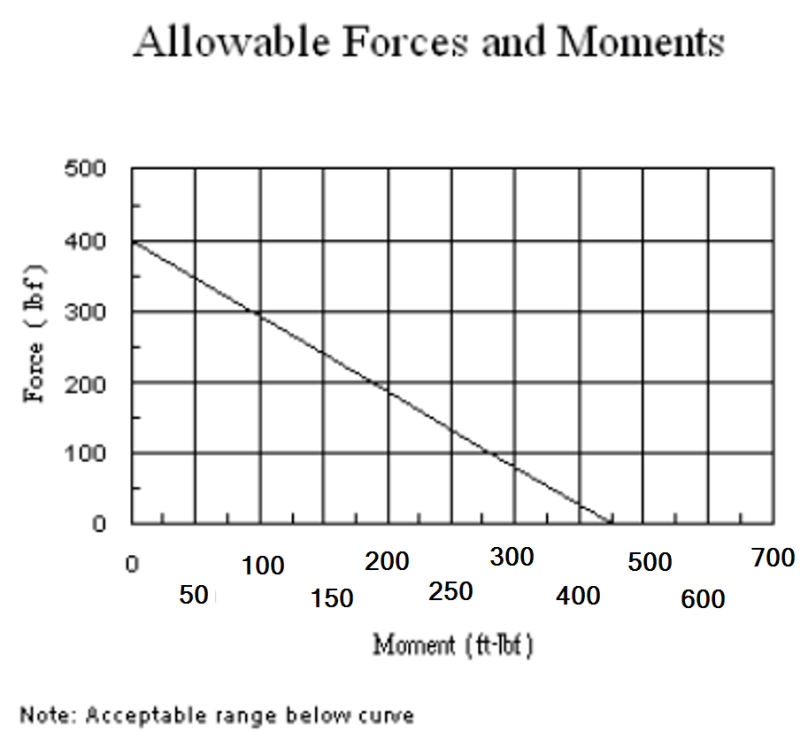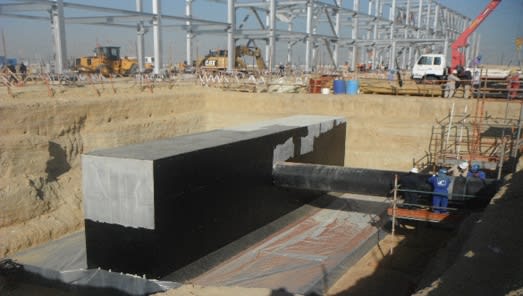Hi all,
I have a curve from a compressor supplier that provides Allowable nozzle loads based on the attached values (A line between Maximum force and maximum Moment). When I do Caesar II analysis I get Fx, Fy, Fz, Mx, My, Mz values at the nozzle location. How can I relate the F and M values with the curve provided by the supplier? ِDoes it mean that I need to find the resultant values of F and M (sqrt(Fx^2+Fy^2+Fz^2) and sqrt(Mx^2+My^2+Mz^2)) and compare them with the maximum values provided in the curve?

Thanks for your help
I have a curve from a compressor supplier that provides Allowable nozzle loads based on the attached values (A line between Maximum force and maximum Moment). When I do Caesar II analysis I get Fx, Fy, Fz, Mx, My, Mz values at the nozzle location. How can I relate the F and M values with the curve provided by the supplier? ِDoes it mean that I need to find the resultant values of F and M (sqrt(Fx^2+Fy^2+Fz^2) and sqrt(Mx^2+My^2+Mz^2)) and compare them with the maximum values provided in the curve?

Thanks for your help

